In today’s world of technological innovation, two terms have been constantly spoken about in the digital space — AI and Web3. Everyone knows the web is synonymous with the internet and AI is simply an acronym for Artificial intelligence. But what exactly does Web3 mean, and how is AI transforming Web3 and decentralized finance (DeFi)?
If you’re curious about the future of the internet and finance, you’re in for a treat. This article simplifies complex concepts, including Web3, Decentralized Finance (DeFi), and Artificial Intelligence (AI). We’ll unpack these ideas and explore AI’s exciting potential to transform how we interact with money and financial services in the Web3 era.
From Siri to Self-Driving Cars: Exploring the Diverse Applications of AI
While Artificial Intelligence might sound like futuristic robots, it’s surprisingly commonplace today. From the convenience of voice assistants like Siri and Alexa to the accurate recommendations on streaming services, AI is already woven into our daily lives. These algorithms quietly analyze vast amounts of data, constantly learning and adapting to personalize our experiences and make predictions that enhance our interactions with technology.
But what exactly is AI? AI refers to the simulation of human intelligence in machines, enabling them to perform tasks that typically require human intelligence, such as problem-solving, learning, and decision-making. These tasks are accomplished through algorithms, statistical models, and vast amounts of data.
Understanding Web3: The Next Evolution of the Internet
Now, let’s shift our focus to Web3. You’re probably familiar with the World Wide Web, which changed how we access and share information. However, Web3 represents the next evolution of the internet—a decentralized and interconnected network where users have more control over their data and interactions.
Unlike Web2, which is characterized by centralized platforms like Facebook, Google, and Amazon that exert considerable control over user data and content, Web3 aims to decentralize power and promote peer-to-peer interactions. Web3 will run on blockchain technology and decentralized protocols, enabling trustless transactions and immutable ownership records.
Blockchain technology forms the basis of Web3 as a secure and transparent digital ledger for recording information. This distributed ledger system fosters trust and eliminates the need for intermediaries, empowering users to own and manage their data. The rise of Web3 is captivating investors worldwide for several compelling reasons, such as:
Decentralization
Web3 departs from the centralized model of the current web, opting for a more democratic structure. Power is distributed across a network of computers, eliminating the control of a select few entities. This decentralization bolsters security as there’s no single point of vulnerability for attacks. Additionally, transparency is enhanced as all transactions are publicly recorded on the network.
Cryptocurrencies
Public blockchains, the technology behind specific leading cryptocurrencies, serve as the cornerstone of Web3. These cryptocurrencies embody the core principles of Web3 – decentralization and trust. Decentralization is achieved by distributing control across a network of computers, eliminating a single point of control. Public blockchains, where every transaction is permanently recorded and visible to all, underpin trust within the Web3 ecosystem.
Layer-1 Blockchains
The bedrock of many Web3 applications lies in Layer-1 blockchains like Ethereum. These core blockchains provide a secure and tamper-proof platform for executing code (smart contracts) and building decentralized applications (dApps).
Blockchain Technology
Web3’s foundation for trust in digital asset ownership and management is blockchain technology. By eliminating the need for central authorities, blockchain empowers users to manage their digital assets directly. This shift towards decentralization, enabled by blockchain, contributes to a more inclusive internet, where users have greater control over their data.
NFTs And Digital Collectibles
A core concept of Web3 is the ownership of unique digital assets through non-fungible tokens (NFTs) and digital collectibles. The development of smart contracts on the Ethereum blockchain has been a driving force behind the NFT boom. Smart contracts enable secure ownership and trading of unique digital assets, ranging from creative works like art and music to virtual real estate.

How Can AI-driven Innovations Transform Decentralized Finance (DeFi)?
Now that we have a basic understanding of AI and Web3, let’s explore how AI is transforming decentralized finance (DeFi):
Enhanced Predictive Analytics
By analyzing blockchain transactions, smart contract activity, and user behavior, AI algorithms can accurately identify patterns and trends and predict market movements and asset prices. This empowers DeFi participants to make data-driven decisions, optimizing their strategies and minimizing risk.
Autonomous Trading Bots
In the DeFi sector, AI-powered autonomous trading bots are becoming increasingly prevalent. These bots are programmed to execute trades automatically based on predefined parameters and market conditions. By leveraging AI algorithms, these bots can adapt to changing market dynamics in real-time, optimizing trading strategies and maximizing profits for their users.
Smart Contract Security
Smart contracts are self-executing contracts with the terms of the agreement directly written into code. While they offer numerous benefits regarding efficiency and transparency, they are not immune to vulnerabilities and bugs. AI-powered security solutions can help identify and mitigate potential risks in smart contracts by analyzing code patterns and detecting anomalies. This enhances the security and reliability of DeFi platforms, safeguarding user funds and assets.
Personalized Financial Services
With AI’s ability to analyze vast amounts of data and extract actionable insights, DeFi platforms can offer personalized financial services tailored to individual users’ needs and preferences. Whether recommending investment opportunities, optimizing asset portfolios, or providing risk management strategies, AI-powered algorithms can deliver personalized recommendations that align with users’ financial goals and risk tolerance.
Compliance
Regulations like anti-money laundering (AML) and Know Your Customer (KYC) are essential safeguards within the financial system, and DeFi protocols are no exception. These regulations help prevent illegal activity. AI can be a valuable tool for DeFi platforms, automating compliance checks. This automation streamlines the verification process, enhancing its efficiency and accuracy and allowing DeFi to operate within a secure and compliant environment.
Portfolio Management
DeFi can be a powerful tool, but navigating its intricacies can be challenging. AI offers a solution by personalizing the DeFi experience for each user. AI can generate tailored investment recommendations by analyzing user data and risk tolerance, aligning with individual financial goals. Furthermore, AI can automate portfolio management, dynamically adjusting holdings based on market movements. This AI-powered approach can help DeFi users optimize their investments and mitigate risks, fostering a more user-friendly and potentially lucrative DeFi experience.
Empowering Users: AI’s Impact In Web 3.0
Below are some of the relevant ways AI will transform Web 3:
Relevant Advertising
The current online advertising model, dominated by social media giants and marketing companies, raises concerns about user privacy and data ownership. While users may have consented to data collection in exchange for free services, the actual value of their data often remains unclear. Furthermore, the intrusive methods employed by these companies to mine user data have fostered widespread privacy anxieties among Internet users.
Web 3.0 flips the switch on online advertising, empowering users with control over their data. This shift from a centralized model to a decentralized one allows users to choose when and how to share their data with advertisers, who would then compensate them directly. AI algorithms, analyzing vast amounts of this user-controlled data, can personalize advertisements with greater precision. This translates to a win-win situation: users receive highly relevant ads, and AI continuously adapts to individual preferences, refining the experience for everyone.
Personalized Recommendations
The influence of AI on recommendation engines is undeniable, already evident in platforms like Amazon and Netflix, where AI suggestions drive a significant portion of user activity. Web 3.0 builds upon this foundation. AI algorithms will be the backbone of Web 3.0 recommendation engines, meticulously analyzing vast troves of user data. This data will create highly personalized, predictive models for each user.
The result is a transformative change in users’ experience, with AI becoming perfect at understanding your preferences and suggesting content and services that resonate with you on a deeper level, making your online interactions easier and truly enjoyable.
Smarter DApps and Intelligent NFTs
The fusion of AI and blockchain technology is paving the way for a new generation of smarter apps. Blockchain developers are creating dApps with advanced real-world applications by incorporating machine learning algorithms. Alethea AI’s Alice, the first self-learning NFT, is a fascinating glimpse into this future. Alice’s evolving personality and conversational abilities demonstrate the immense potential for dynamic and engaging experiences within Web 3.0. As this technological convergence continues, we can expect a wave of innovative dApps that fundamentally transform user interaction and utility across various sectors.
The next generation of dApps and NFTs is poised for a significant leap forward, fueled by advancements in AI algorithms. Decentralized applications will benefit from AI’s ability to manage and analyze data efficiently. This translates to DApps that are more user-friendly and can tailor experiences to individual needs. NFTs, on the other hand, are on the verge of a paradigm shift. The integration of AI could imbue NFTs with human-like behavior, allowing them to interact and adapt in ways that redefine the concept of digital ownership. This exciting fusion of AI and blockchain technology promises to reshape the landscape of decentralized applications and digital assets.
Final Verdict
The development of AI in the Web3 and DeFi sectors promises to unlock new opportunities and efficiencies while posing significant challenges and considerations. From predictive analytics and autonomous trading bots to personalized services and smarter dApps and NFTs, the influence of AI in Web3 and DeFi is reshaping how we think about the internet and finance.
By embracing collaboration, innovation, and responsible stewardship, we can harness the transformative power of AI in Web3 and DeFi to build a more inclusive, transparent, and resilient internet and financial ecosystem for generations to come.

FAQs
How is AI used in Web3?
AI is used in Web3 to enhance decentralized applications (dApps) with advanced functionalities like predictive analytics, natural language processing, and automated decision-making.
It also helps in optimizing blockchain operations, improving user experience through AI-driven chatbots, and enhancing security with AI-powered fraud detection systems.
Is AI a Web2 or Web3?
AI is generally considered a part of Web2, as it has been widely used in centralized platforms for tasks like data analysis, recommendation systems, and automation.
However, with the advent of Web3, AI is increasingly being integrated into decentralized systems, leveraging blockchain’s transparency and security to enhance AI applications.
What are all 3 domains of AI?
The three domains of AI are machine learning (ML), which involves algorithms learning from data; natural language processing (NLP), enabling computers to understand human language; and computer vision, teaching machines to interpret visual information.
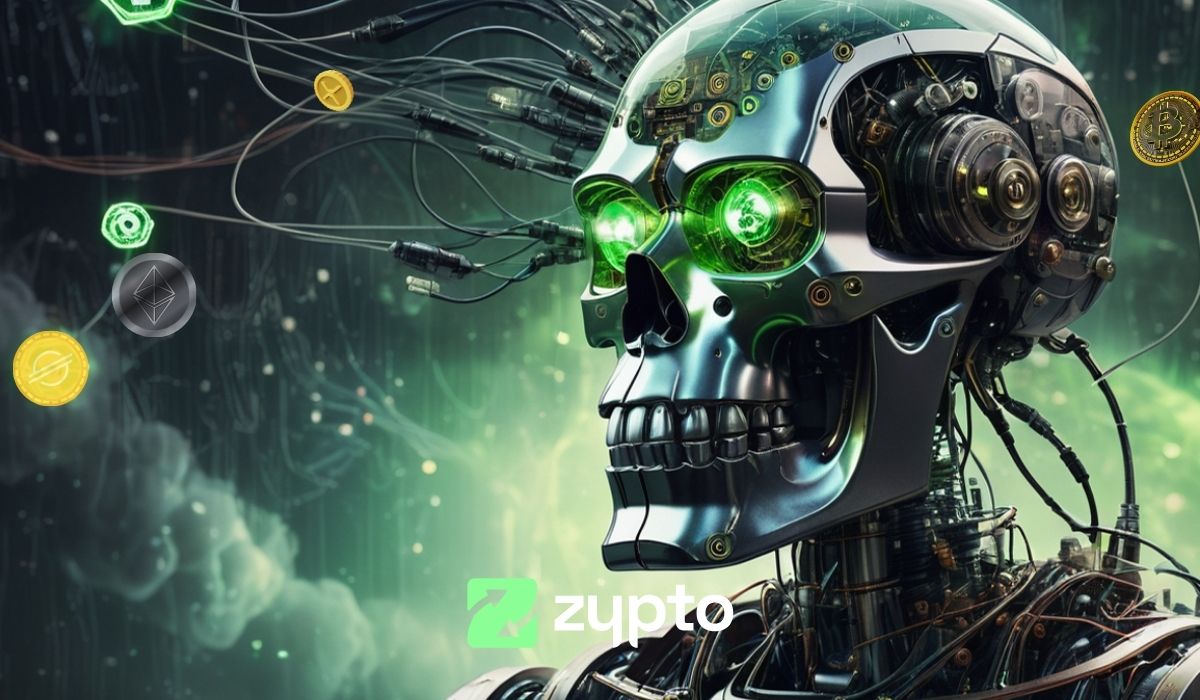



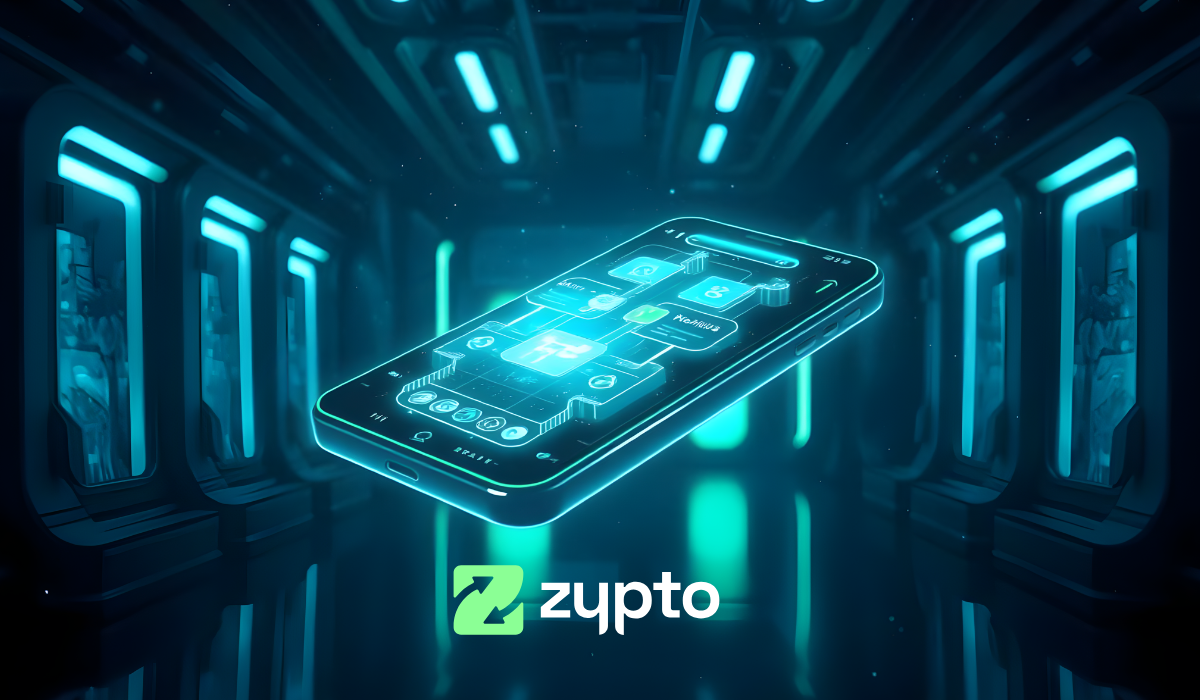
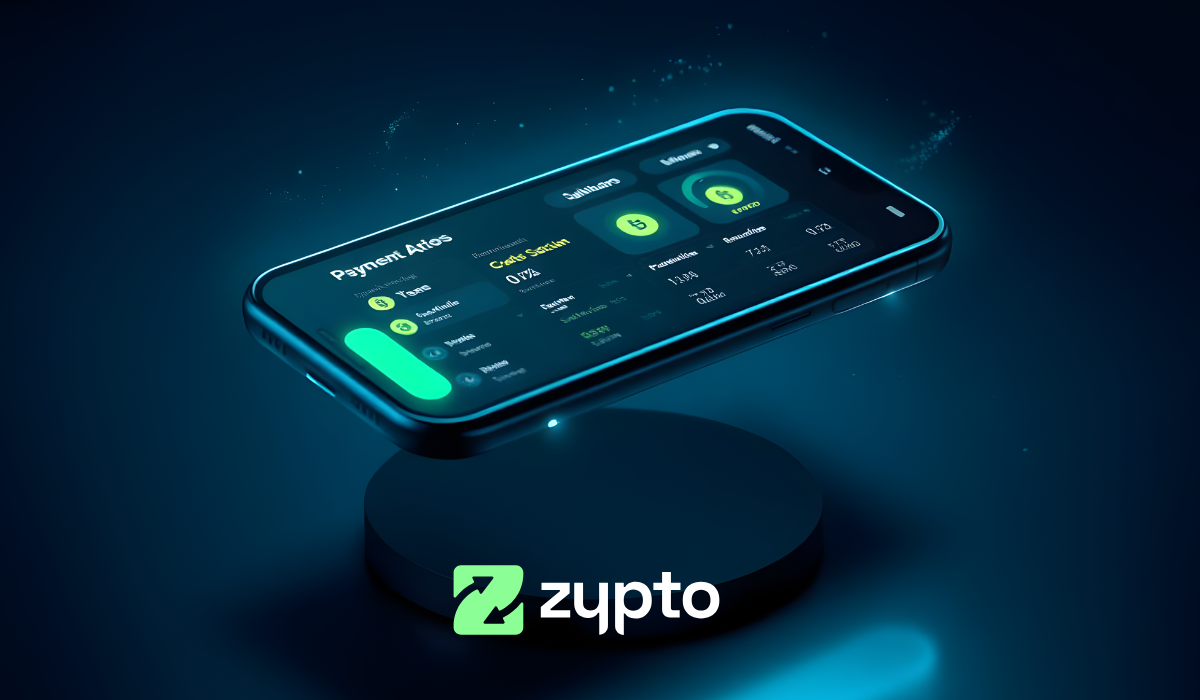
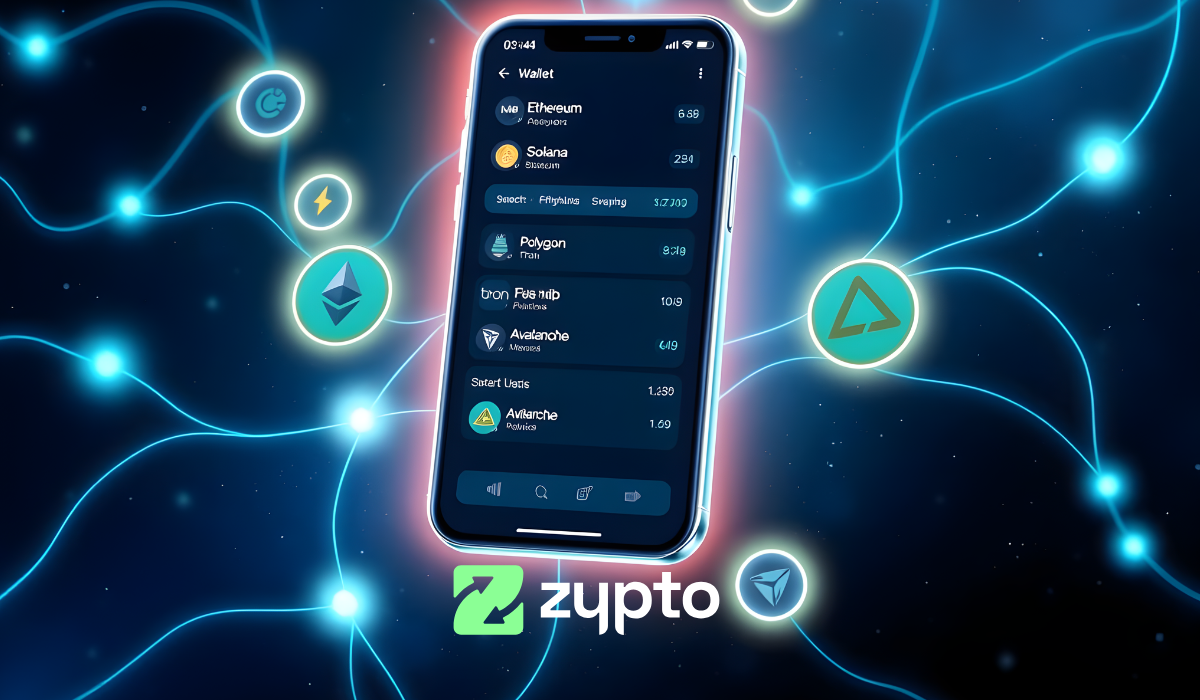

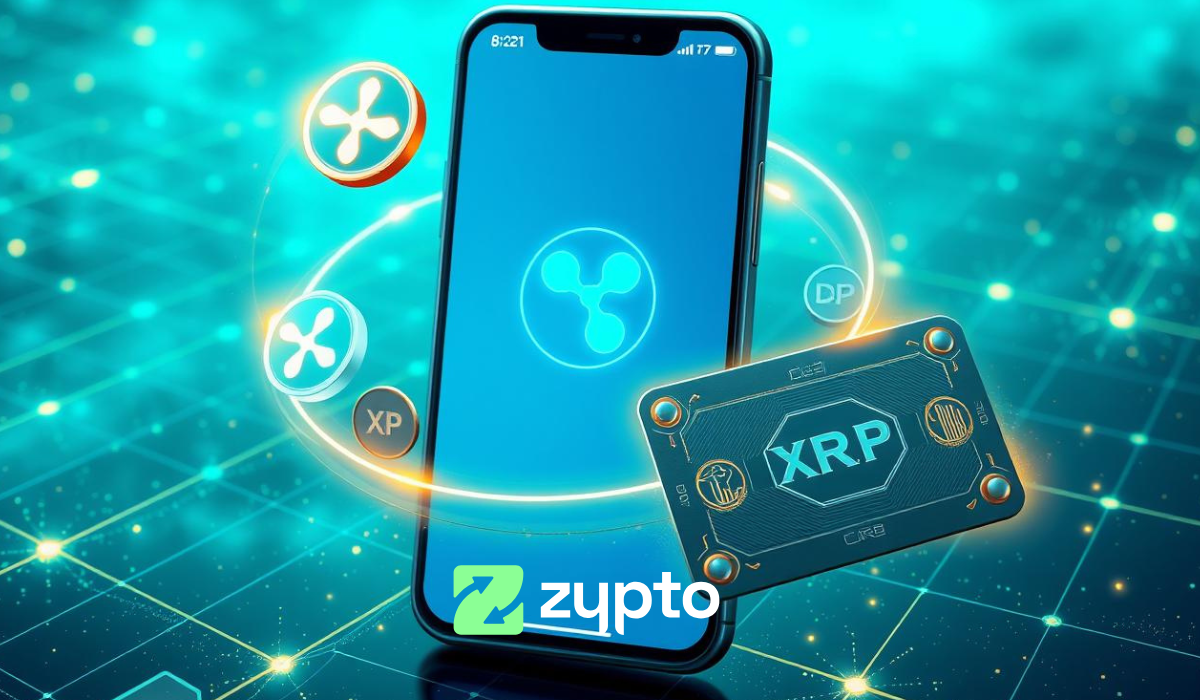

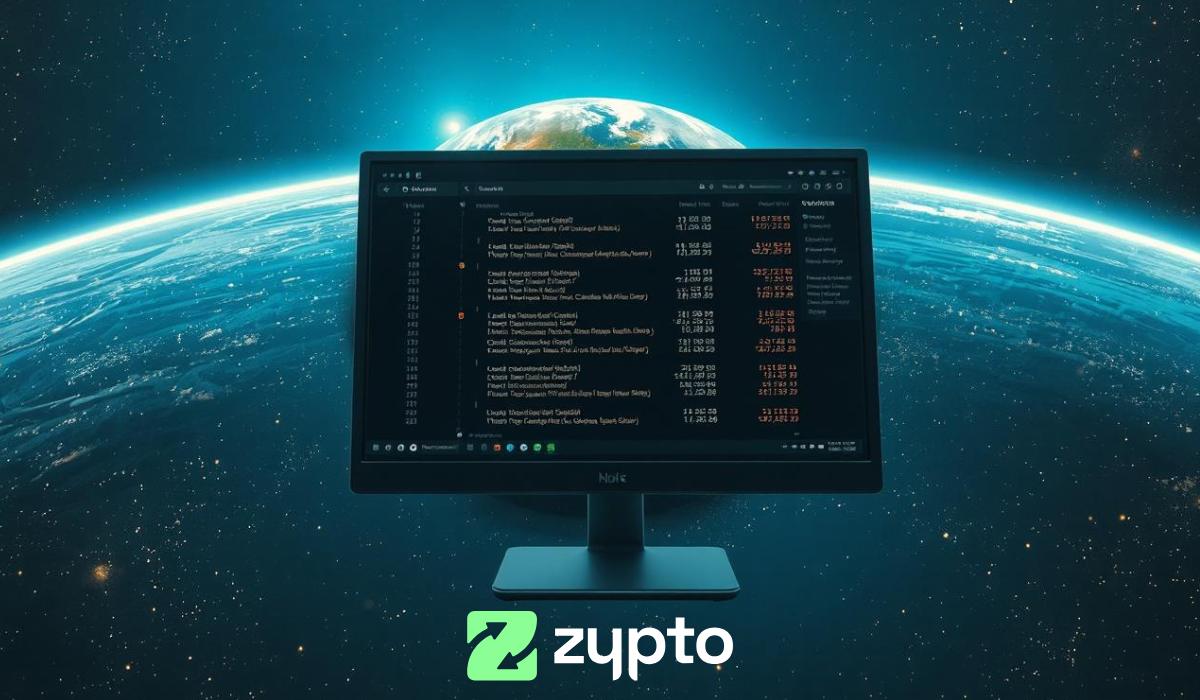




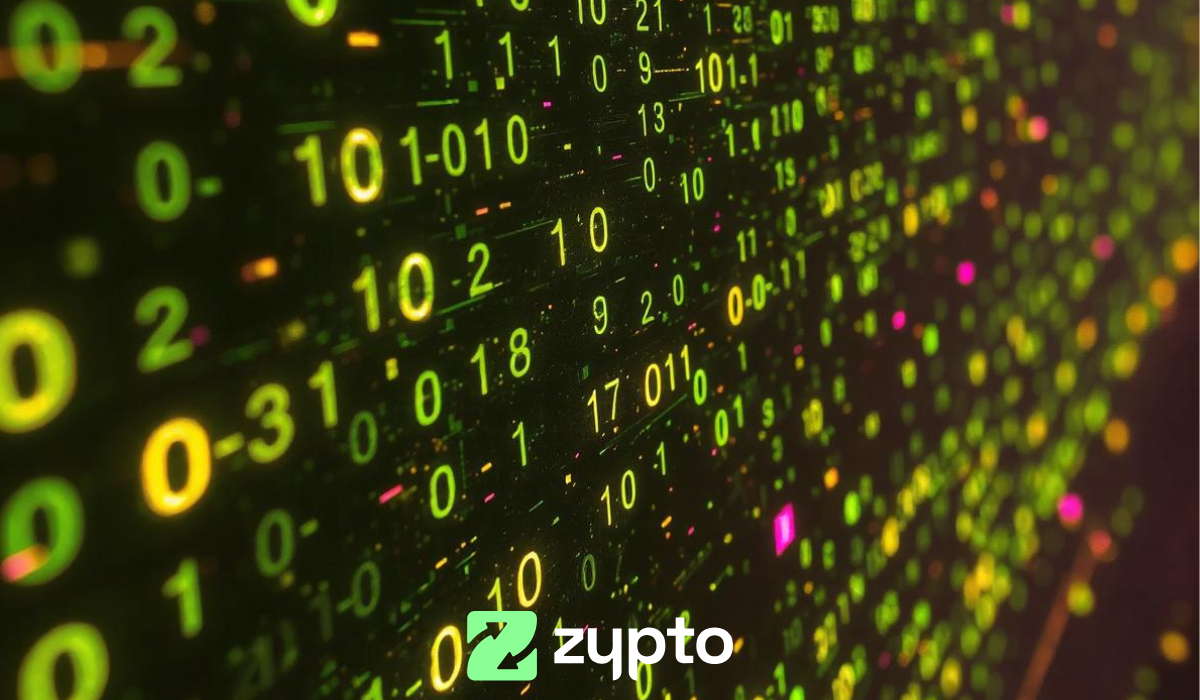

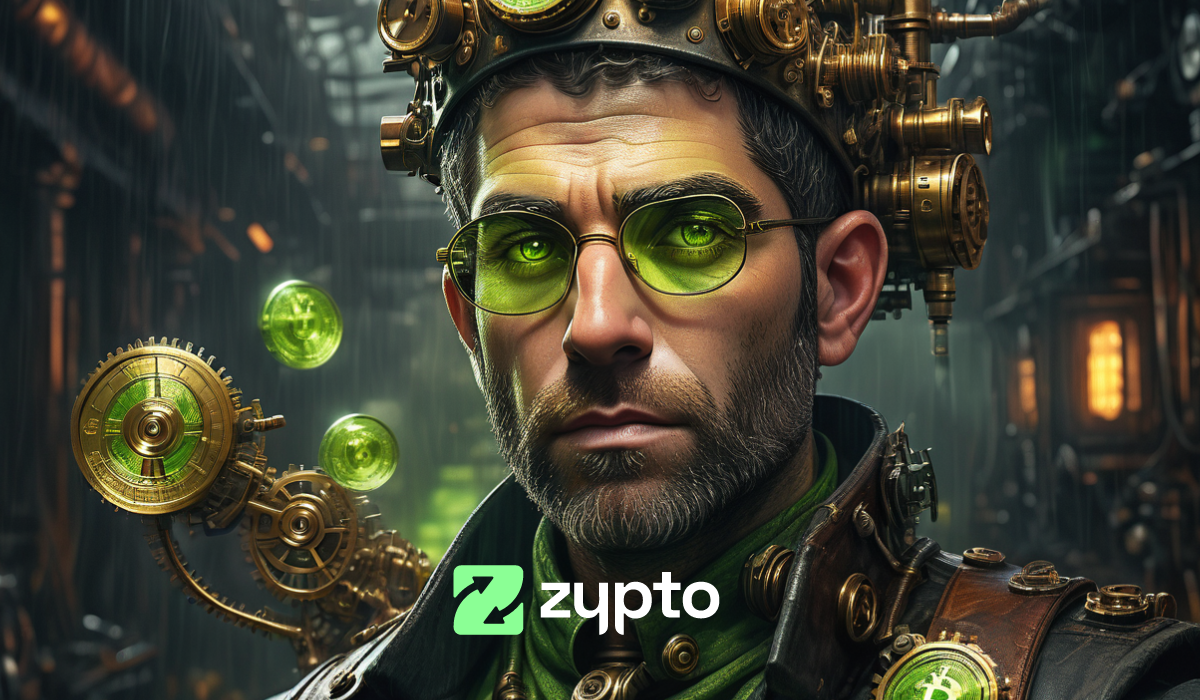
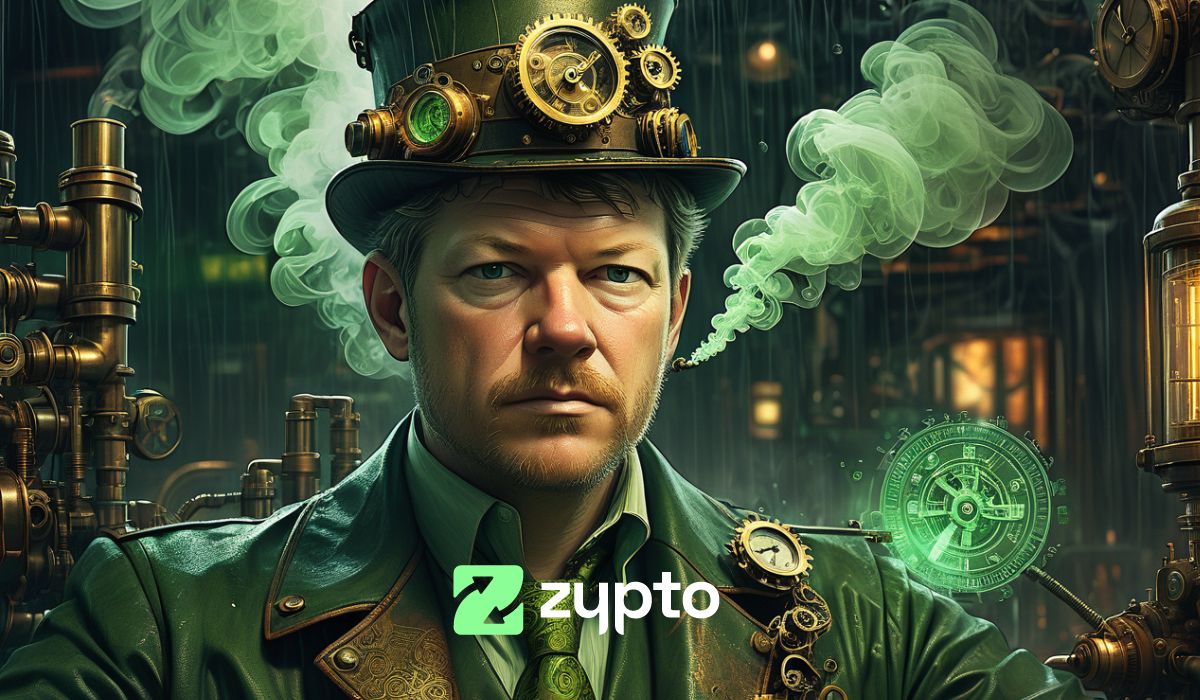

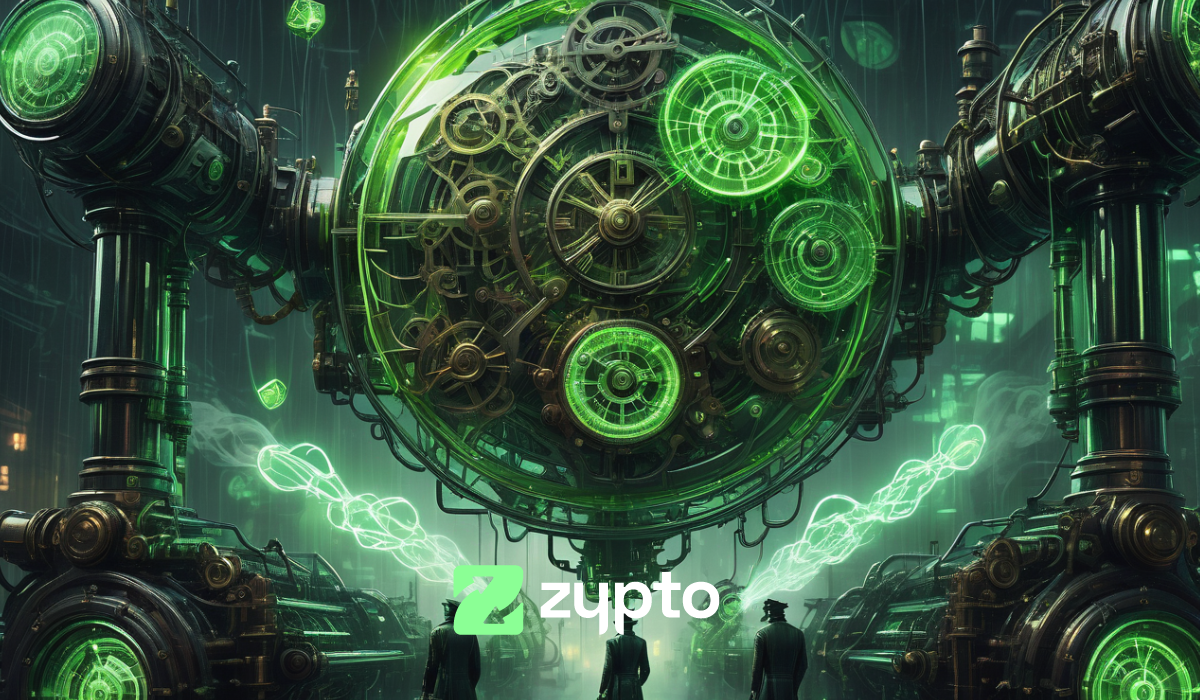


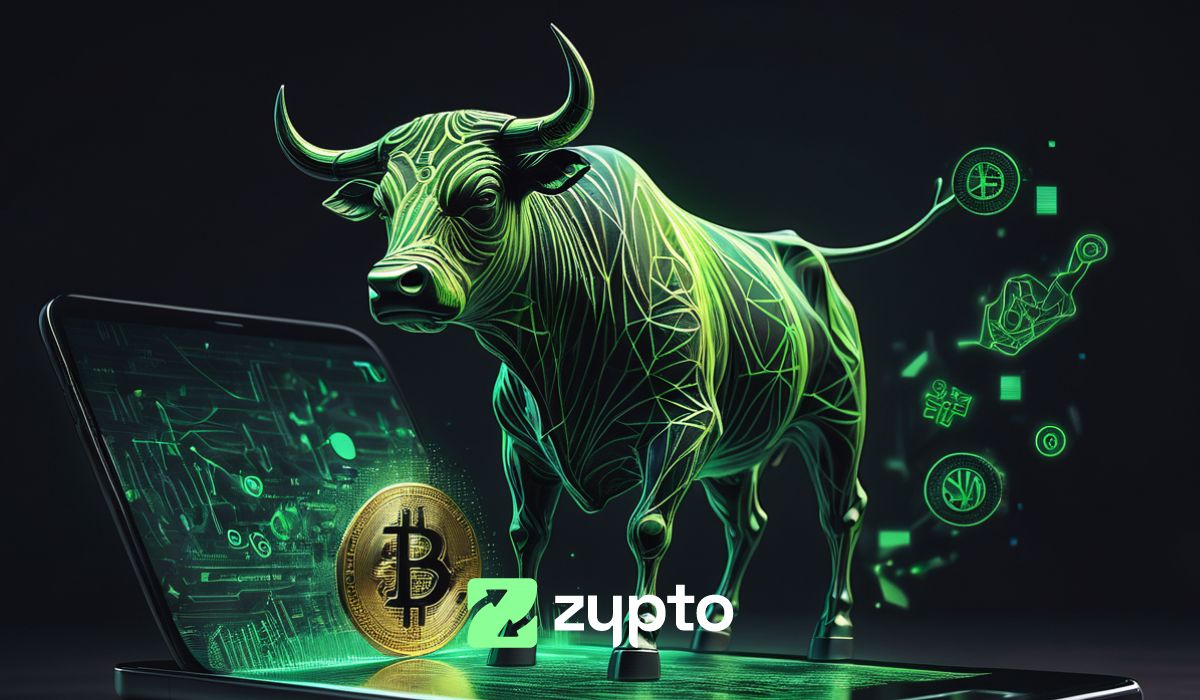


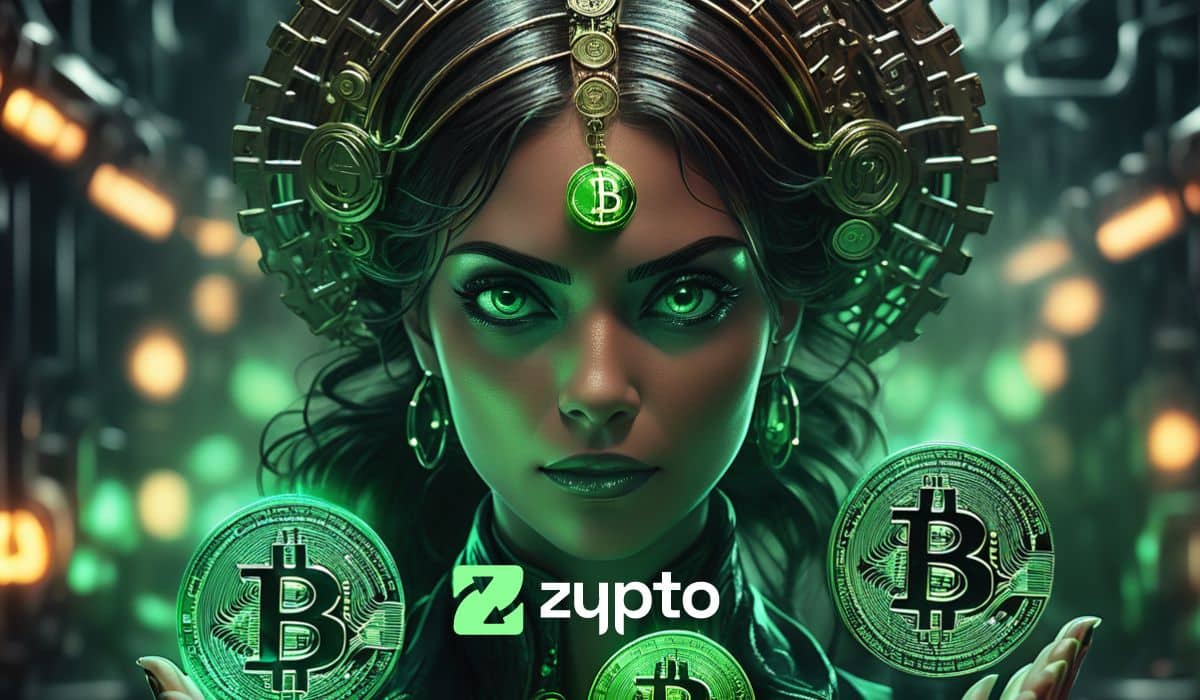
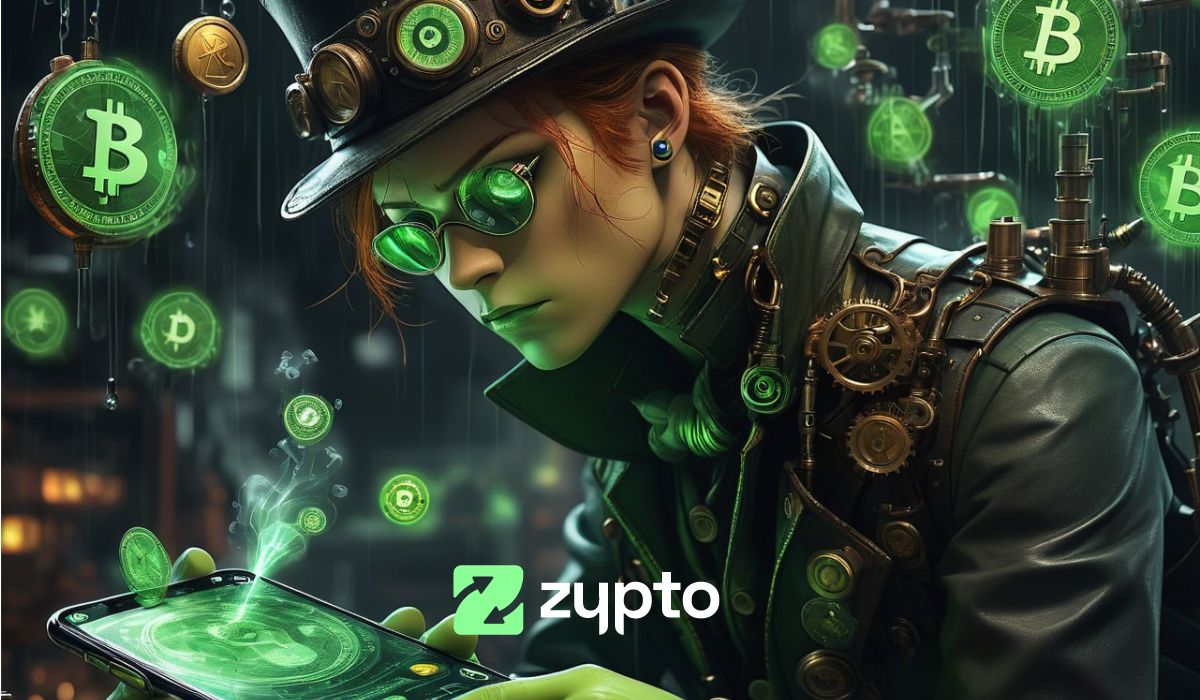


This blog provides an insightful overview of how AI is transforming Web3 and decentralized finance (DeFi). It explains the presence of AI in our daily lives and defines Web3 as a decentralized and interconnected network. The article highlights the benefits of Web3, including decentralization, cryptocurrencies, Layer-1 blockchains, and NFTs. It also explores how AI is enhancing DeFi through predictive analytics, autonomous trading bots, smart contract security, personalized financial services, compliance automation, and portfolio management. The blog concludes by discussing AI’s impact on Web3, including relevant advertising, personalized recommendations, and smarter dApps and NFTs. Overall, the article emphasizes the transformative power of AI in building a more inclusive and resilient internet and financial ecosystem.👍🏻
Super informative and educational article. Web3, the next evolution of the Internet is certainly an exciting time as the decentralised web develops, evolves and integrates with increasingly better AI.
I enjoyed seeing the applications for Web3 and AI presented so clearly and explained so well. Plenty of food for thought here. Thank you Sam for this excellent roundup 👌
These blogs are getting better and better. The quality is A+. Keep up the good work. I absolutely love reading these.
Great article, again! AI is blooming in crypto right now, same as defi and gaming. Im using few AI tools outside of crypto, they are very useful if you know how to use them. So definitely AI can make crypto better and better.
AI’s impact on Web3 and decentralized finance is fascinating. The integration of AI enhances security, automates complex tasks, and improves decision-making processes in DeFi. This synergy promises to revolutionize how we interact with blockchain technology, making it more efficient and accessible. It’s exciting to see how AI-driven innovations are shaping the future of decentralized finance and broadening the scope of Web3 applications.
tldr;
AI in Web3: Explore the integration of AI technologies within Web3 environments, unlocking new possibilities for innovation and optimization.
DeFi Transformation: Discover how AI is reshaping decentralized finance (DeFi), improving security, scalability, and efficiency in blockchain-based financial ecosystems.
Enhanced Security: Delve into the role of AI in bolstering security measures within Web3, safeguarding decentralized applications (DApps) and blockchain networks against potential threats.
Optimizing DApps: Learn about the ways AI is optimizing decentralized applications, streamlining processes, and enhancing user experiences in the Web3 space.
Smart Contracts and Auditing: Explore the utilization of AI for smart contract development and auditing, ensuring reliability and transparency in decentralized systems.
Scalability Solutions: Uncover how AI-driven approaches are addressing scalability challenges in blockchain networks, paving the way for increased transaction throughput and network efficiency.
Market Prediction Models: Understand the potential of AI-powered prediction models in DeFi markets, enabling more informed decision-making and risk management strategies.
Challenges and Opportunities: Gain insights into the challenges and opportunities presented by the intersection of AI and Web3, and how stakeholders are navigating this evolving landscape.
Real-World Applications: Discover real-world use cases highlighting the practical applications of AI in Web3 environments, from finance to governance and beyond.
Future Trends: Look ahead to future trends and possibilities for AI-driven advancements in Web3, envisioning a landscape of continued innovation and collaboration.